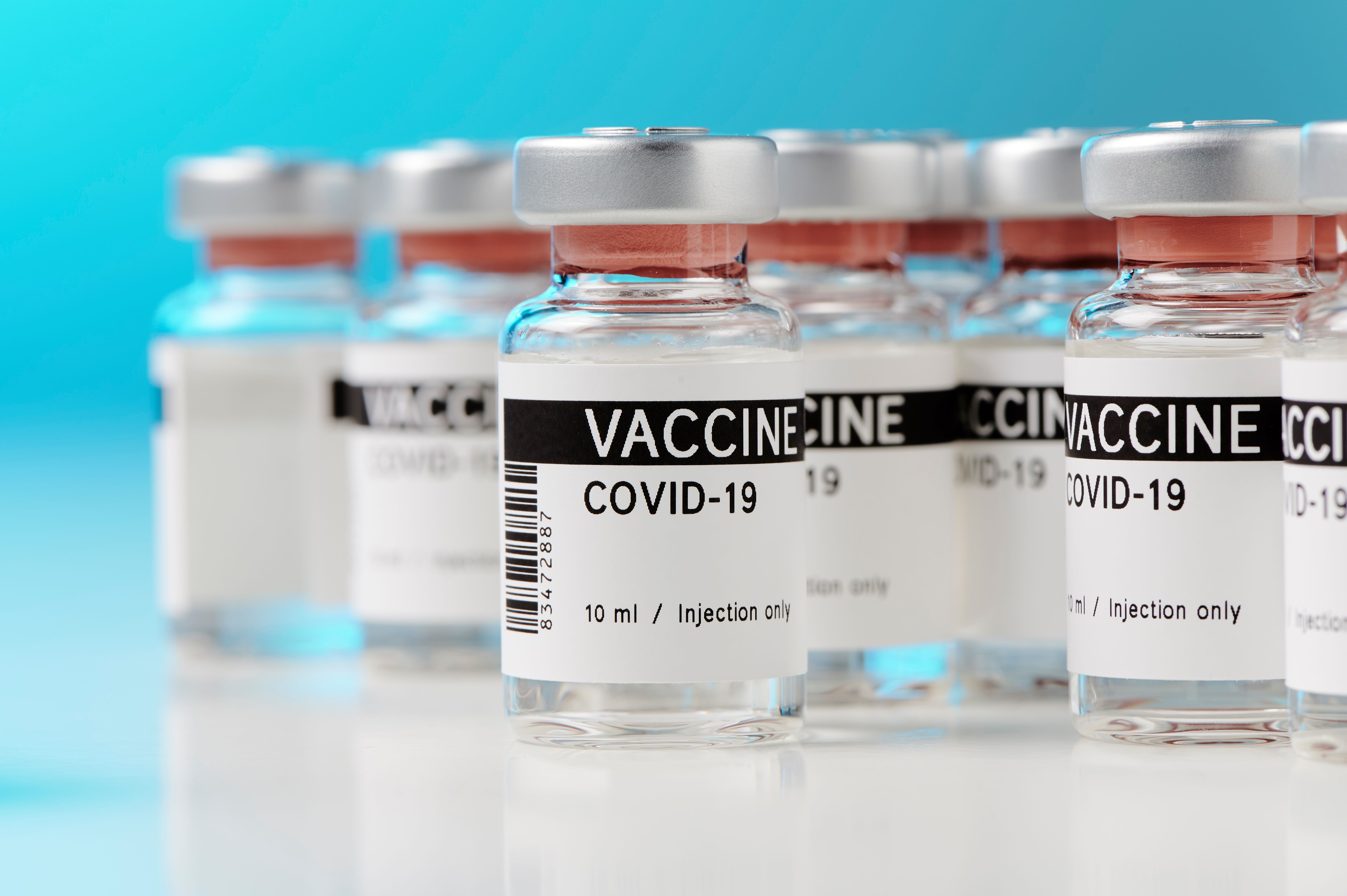News
Article
Nintedanib Exhibits Superior Cost-effectiveness to Pirfenidone for Treatment of IPF, Study Finds
Author(s):
Researchers compared the cost-effectiveness of ninetedanib to pirfenidone for the treatment of idiopathic pulmonary fibrosis (IPF) and found nintedanib to be more cost-saving than pirfenidone, according to study findings.
Researchers compared the cost-effectiveness of ninetedanib to pirfenidone for the treatment of idiopathic pulmonary fibrosis (IPF) and found nintedanib to be more cost-saving than pirfenidone, according to study findings published in the journal PharmacoEconomics.
The study utilized a Markov model to conduct an economic analysis that calculated outcomes over a patient’s lifetime. Researchers used a network meta-analysis to collect data for loss of lung function, acute exacerbation events, and safety and treatment discontinuation.
“Treatment of IPF focuses on slowing disease progression and maintaining lung function (measured via forced vital capacity, FVC), as well as managing symptoms (e.g. coughing, hypoxia) and providing palliative care. Very few disease-modifying pharmacotherapies with proven effectiveness are available,” said the study authors. “Pirfenidone (Esbriet) and nintedanib (Ofev) received authorization to be marketed as treatments for IPF from the European Medicines Agency in 2011 and 2015, respectively.”
In addition, the EQ-5D scores were collected in nintedanib studies and used to calculate health-state utility estimates.
According to the study results, treatment with nintedanib resulted in an estimated total cost of €102,315 (US$112,805) which was less than the total cost of treatment with pirfenidone. Furthermore, the model predicted near equivalence in total QALYs.
“After performing a synthesis of the most recently published evidence for IPF patients, we found that nintedanib and pirfenidone have similar health-related quality of life benefits, confirming the findings of previous analyses,” said the study authors. “Assuming a Belgian healthcare payer perspective, we found nintedanib treatment to be cost-saving compared to pirfenidone treatment. The results in our analysis were dependent on the price difference between the two agents and on assumptions regarding the risk of acute exacerbations.”
As this is likely the first analysis to use long-term survival data for patients with IPF treated with nintedanib, study authors note that future studies are necessary to compare the long-term outcomes of the cost-effectiveness models with real world data.
Reference
Rinciog C, Diamantopoulos A, Gentilini A, et al. Cost‑effectiveness analysis of nintedanib versus pirfenidone in idiopathic pulmonary fibrosis in Belgium. [published online January 14, 2020]. PharmacoEconomics. doi: 10.1007/s41669-019-00191-w.





